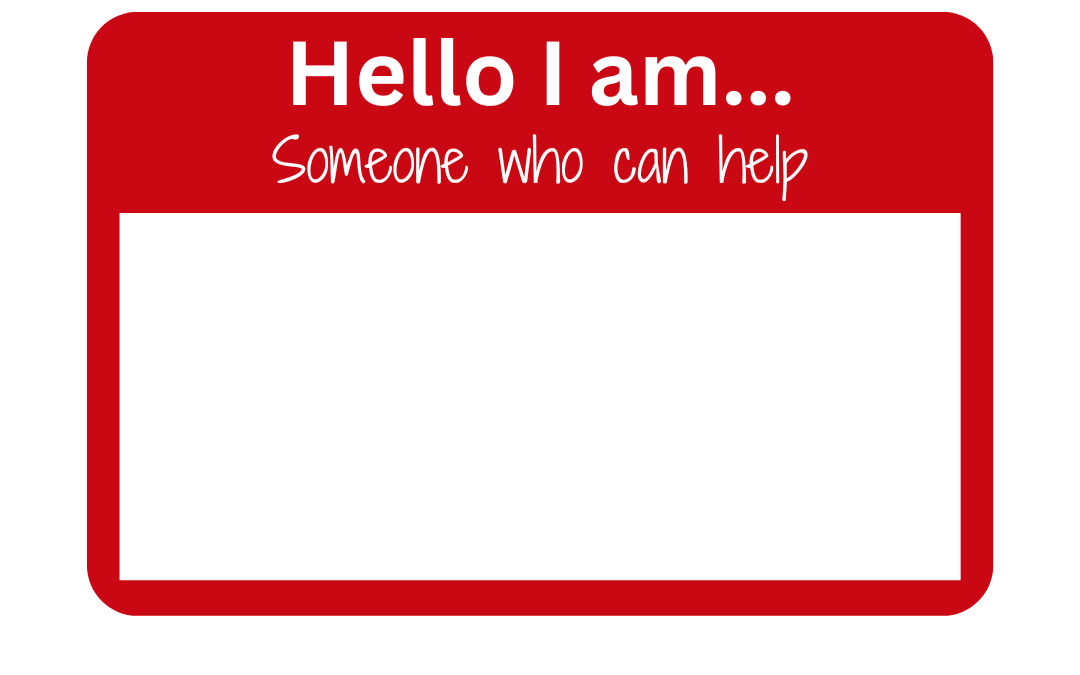
by Tera Jewell | Jul 24, 2024 | Art of Sales Weekly, Featured
Getting unstuck
I work with distributors that know they need to move forward on their digital journey but can’t seem to get to the next step. Others want to add another branch store. They can’t decide on a location, when to add additional personnel, or where to find the right people. How often have you wasted time on a big project that never got completed?
It is often a problem to move forward, before you identify the “Who” you need to make sure you are invested in achieving well defined goals. Dr. Benjamin Hardy, an organizational psychologist and bestselling author, states: “Who can help me achieve, may be a stretch, if you’ve never truly committed to huge goals.”
Choosing a Who
In their book, Who Not How, Dan Sullivan and Benjamin Hardy suggest the formula for achieving bigger goals is to aggressively use teamwork. They ask, “Do you have “Whos” that give you the perspectives, resources, and ability to go beyond what you could do alone?” To reach a higher level of achievement you need many people in your life to help solve problems.
Recently, a third-generation distributor/owner contacted me for help. His grandfather and father had built a successful small business but their expertise and age was limiting their future growth. His goal was to continue to build the distributorship. He was looking for insight from someone who had a track record of growing businesses in his particular vertical. But, having just retired from a much larger business in that industry, I was a natural “Who”, that could provide him with a “How“.
Cultivating more Whos
“Whos” can help. To achieve your goals and meet project deadlines more efficiently, identify helpful individuals and actively cultivate those relationships.
Get tips and tricks like the above in The Art of Sales books. Or subscribe to the FREE monthly articles here.

by Tera Jewell | May 29, 2024 | Art of Sales Weekly, Featured
Building trust in customer relationships is critical to a successful sales cycle. To establish trust you need to understand your client’s needs and always keep their welfare in mind. Your ability to enter their world and understand it requires that you have a genuine rapport with them. Without heartfelt rapport it is difficult to develop trust and influence. People don’t care how much you know, until they know how much you care.
Listen
Listening is the fastest way to gain understanding of your customer’s background. If you are successful in encouraging your customer or prospect to talk about themselves for 20 minutes, they will bond with you. This requires strict adherence to the 80/20 listening rule. That is, the customer talks for no less than 80% of the time: you actively listen for 20% of the time.
Here is a series of questions to ask that will help you understand your customer’s background.
- How long have you worked here?
- What are your responsibilities?
- How long have you lived in this area?
- How do you get to work?
Note behavior
Another way to learn more about your customer is to note their behavioral mannerisms. You should mirror and match their body language, tonality, and words. Phrases like, “I see what you mean,” “I hear what you are saying,” or “How does that make you feel,” let your client know that you are emotionally engaged.
To be better prepared to understand your customers’ behavior, I recommend you take a DISC assessment (discprofile.com/what-is-disc). It will determine if you are a Dominant, Influencing, Steady, or Conscientious communicator. Along with learning your behavioral style, invest time in learning the characteristics of the other three styles. Your goal is to explore how to meet your customers halfway between your style and theirs.
Understand your customer’s needs
Once you have your customer’s trust and a good understanding of their background, you can identify their needs and propose solutions. Your sales cycle is on the success track!
Get tips and tricks like the above in The Art of Sales books. Or subscribe to the FREE monthly articles here.


